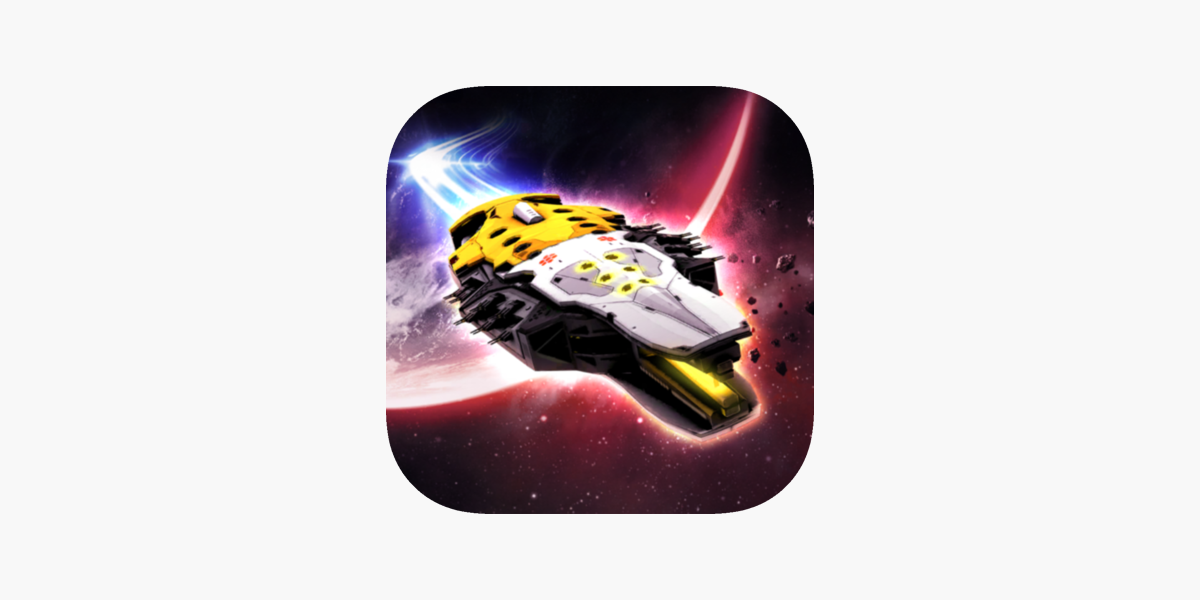Darkstar Idle RPG IPA imagines a starlit frontier where numbers climb like constellations. It blends incremental design with light role-playing, asking you to steer a growing fleet, tune celestial engines, and nudge a universe that largely runs itself. The appeal is simple: meaningful progress in bite-sized sessions, with just enough strategic friction to keep your mind engaged between milestones.

Into the Nebula: What Is Darkstar Idle RPG?
A quiet strategy in a loud universe
Darkstar Idle RPG is an incremental, spacefaring role-playing game that trades twitch reflexes for patient orchestration. You guide a flotilla through nebulae and derelict sectors, assigning heroes, calibrating reactors, and harvesting cosmic currencies that accrue whether you are online or offline. The fantasy is not just about conquering the galaxy; it’s about tuning a machine that conquers it for you.
At its core, the game combines the clarity of idle progression with the texture of RPG systems. Each choice-where to assign a hero, which reactor to upgrade, when to overhaul a module-reverberates across hours of passive accumulation. The result is a slow-burn sense of authorship, where small adjustments compound into sweeping gains.
Stylistically, Darkstar leans on cool palettes and crisp UI, presenting data as stars and arcs rather than cluttered spreadsheets. The tone is measured and exploratory: new sectors are discoveries, not chores; each system you unlock is another lens through which to read your own progress. It is an idle game that invites you to think in trajectories, not ticks.
The Idle Engine: Core Loop and Mechanics
From spark to starlight
The core loop is elegant: deploy heroes to nodes, generate resources, reinvest into better generation, and push deeper into harder sectors. Periodically, the engine asks you to perform a “burn”-a soft reset where you bank meta-currency and return stronger. The loop’s cadence respects your time, offering micro-decisions in minutes and macro-gains over days.
Combat is largely simulated: formations, affinities, and skill rotations are set beforehand, then executed automatically. You’ll tinker with lineups to meet DPS checks, survivability thresholds, and elemental counters. Outside combat, the engine broadens into logistics-balancing energy output, drop rates, and expedition timers to keep every pipeline humming.
Stability comes from feedback that is both readable and forgiving. Progress bars accelerate as synergies lock in; damage ranges stabilize as gear ascends. The intent is clear: reward curiosity and iteration. Even when you’re offline, the machine keeps breathing-so your next login greets you with a cascade of collected starlight.
- Plan: Set formations, priorities, and expedition routes
- Run: Let the simulation harvest, fight, and refine
- Reinvest: Spend gains on upgrades that deepen the cycle
- Prestige: Reset strategically for permanent boosts
Orbits of Growth: Resources, Upgrades, and Prestige
Fueling the fleet
Darkstar’s economy revolves around layered resources. The first layer-credits and ore-feeds day-to-day upgrades. The second-catalysts and starshards-unlocks system-level improvements like reactor tiers and node efficiency. The top layer-often earned via prestige-applies permanent multipliers that ripple across your entire account.
Upgrades are structured as orbits around core systems. Reactor uplifts increase baseline generation; navigation suites reduce time to clear sectors; fabrication enhancements improve drop quality. Each ring of investment carries visible breakpoints, so you can plan around meaningful step-changes rather than incremental noise.
Prestige functions like a slingshot maneuver: you trade short-term momentum for a higher orbit. Done well, it compresses future grinds and opens fresh options, from new hero talents to sector modifiers. The design encourages “smart resets,” signaling when efficiency wanes and your next leap is due.
| Resource | Earned From | Primary Use |
|---|---|---|
| Credits | Combat clears | Basic gear and modules |
| Ore | Mining nodes | Reactor and hull upgrades |
| Catalysts | Boss chests | Skill ascension |
| Starshards | Sector milestones | Account-wide passives |
| Dark Matter | Prestige | Permanent multipliers |
Constellations of Choice: Heroes, Skills, and Synergies
Patterns in the night
Heroes are designed as modular pieces that snap into archetypal roles-frontline tanks, burst carries, sustain supports, and control specialists. Each comes with an affinity (solar, lunar, void, aurora) that interacts with sector modifiers and enemy shields. The aim is not to collect everything, but to compose a stable pattern that fits your sector’s sky.
Skills emphasize tradeoffs you can set and forget, then revisit when conditions change. A tank might trade a taunt radius for thorns damage; a carry flips between single-target rupture and chain lightning; a support toggles between tempo haste and shield overcap. These toggles encourage experimentation without micromanagement creep.
Synergies are the connective tissue. Set bonuses, link passives, and formation auras multiply value when aligned-two aurora units might amplify crit heals, while void + lunar could flatten enemy barriers. The best teams read like constellations: each star matters, but the lines between them make the picture.
| Role | Key Trait | Synergy Hook |
|---|---|---|
| Vanguard | Damage redirection | Pairs with sustain auras |
| Artillery | Burst windows | Triggers after control |
| Support | Haste and shields | Scales with crit heals |
| Controller | Stuns and blinds | Enables chain damage |
Pace and Priority: Monetization, Progression, and Accessibility
Choosing your burn rate
Monetization in Darkstar aims for optional acceleration rather than gatekeeping. Purchases tend to convert into convenience-queue slots, auto-routing, cosmetic fleets-or time-compressed resources with diminishing returns. The healthiest path feels like “pay to smooth,” not “pay to pass.”
Progression is paced around visible goals every session: a reactor tier today, a hero ascension this week, a sector unlock over the weekend. Soft caps arrive as gentle nudges toward prestige rather than hard walls. The game communicates these inflection points clearly, inviting you to decide when to reset versus push.
Accessibility sits in the UI and in the math. Large, legible data; colorblind-friendly affinity icons; and adjustable simulation speeds keep the loop comfortable. Autoplay respects your settings, and tooltips explain breakpoints with concrete numbers, not vague promises, so choices remain transparent.
- Time savers: Auto-routing, quick claim, offline boosts
- Quality-of-life: Loadout presets, smart compares, filters
- Fair spends: Cosmetics, season passes with retroactive unlocks
Beyond the Horizon: Endgame, Events, and Long-Term Goals
When the stars run out, make new ones
Endgame reframes the loop around optimization and mastery. Rotating anomalies alter sector rules-no shields, reversed affinities, timer squeezes-pushing you to iterate on builds and rediscover value in benched heroes. Leaderboards exist, but the primary competition is with your own efficiency graphs.
Events punctuate the calendar with short-term incentives and quirky modifiers. One week might feature a double-catalyst meteor shower; another, a puzzle sector where pathing is the boss. Rewards lean horizontal-skins, emotes, unique but sidegrade artifacts-so your account grows interesting, not just bigger.
Long-term goals thread across seasons: completing constellation sets, perfecting reactor layouts, and unlocking legacy nodes that permanently reshape your account. The far horizon is creative constraint-builds that clear under time or budget caps-because a well-tuned idle game knows the most satisfying limit is the one you choose.
- Seasonal arcs: New sectors, lore snippets, rotating artifacts
- Legacy unlocks: Account-wide keystones that redefine runs
- Self-set challenges: Minimalist clears, affinity locks, speed tiers
Conclusion
Download Darkstar Idle RPG IPA For iOS orbits a simple idea: let thoughtful setup bloom into steady, satisfying momentum. It respects idle time without wasting active time, and it turns small, comprehensible decisions into lasting arcs of power. If you like your numbers with starlight-and your strategy with room to breathe-this is a galaxy worth inhabiting.







Leave a Comment